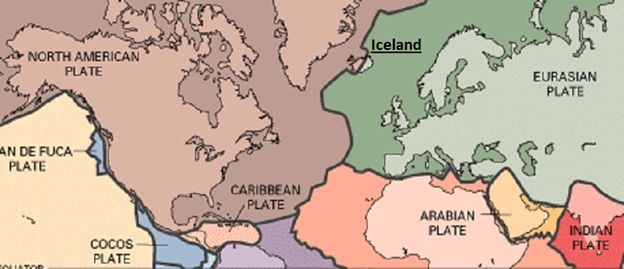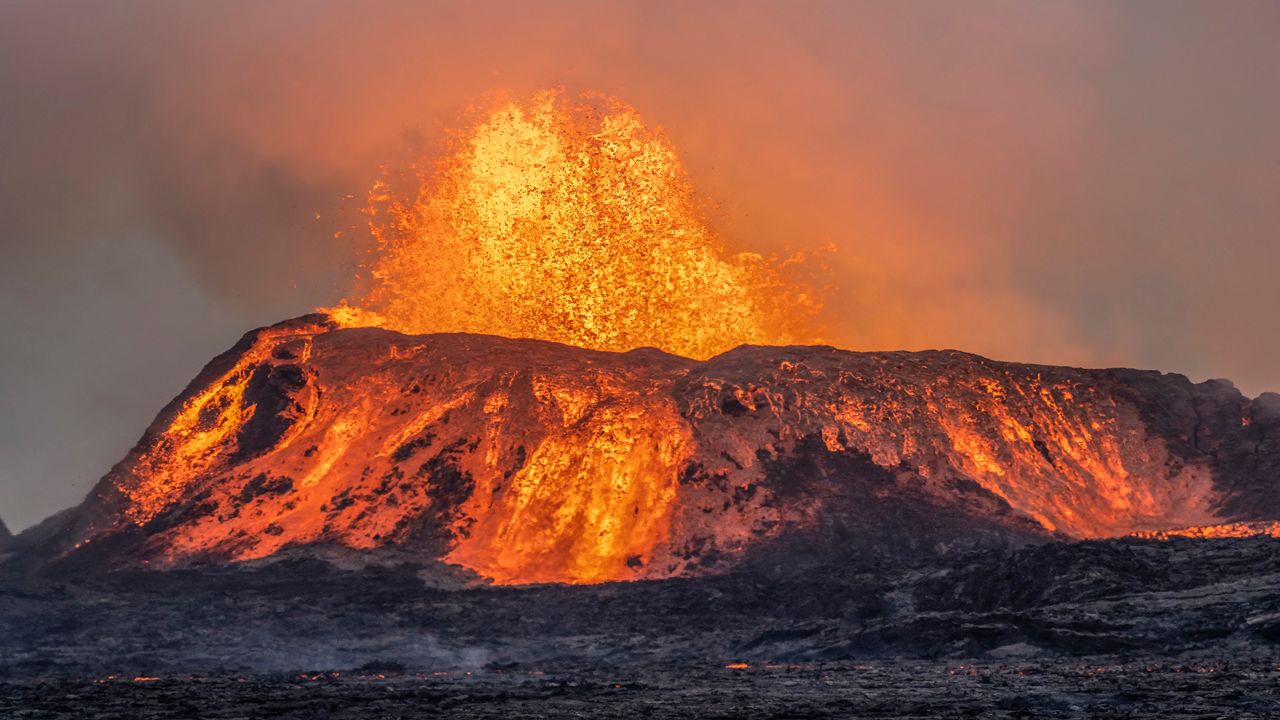I needed something exciting to get me out of the funk of last year so, how about seeing a volcano up close?
That’s bucket-list stuff!
Here is the science and background part of it first, so you can understand my nerdy view. In March of this year, a new volcano broke open in Iceland, in an area that has not seen an eruption for over 700 years.
The area near the capital of Reykjavik is an active volcanic area. It lies on top of the Mid-Atlantic Ridge. This is the dividing line between the North American tectonic plate and the Eurasian plate.
These two plates move away from each other over time, gradually widening the Atlantic Ocean. Most of the Mid-Atlantic Ridge is underwater, but the island of Iceland is where this ridge is above the water.

I had been following this volcano story since it started.
At the beginning of 2020, earthquakes started ramping up across the Reykjanes volcanic system. Magma was moving underneath. The magma broke through in March of 2021, in a valley about six miles from Grindavik, the nearest town.
Several fissures opened up, allowing lava to ooze out into the valley. Locals were hiking out to see this “baby” volcano and posting beautiful pictures online.
Some of the fissures stopped flowing in April. By May, the lava came from only one fissure.
This type of eruption is called an effusive eruption, where lava flows out fairly steadily, eventually forming a shield volcano. These types of volcanoes are like the ones found in Hawaii. No one knows how long this particular eruption could last.
After following the story for quite some time, I wanted to see it in person. I thought to myself, "here is a volcano that is not erupting explosively. It's not too long of a flight, it's hikeable, and it's close to an international airport. I can do this!" So, I did, and it was a trip I will not soon forget!
Check back here next week, and I will tell you about my adventure witnessing the earth changing in front of my eyes.



